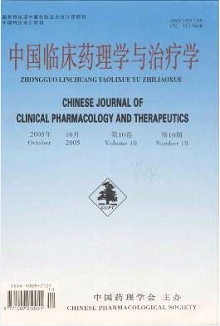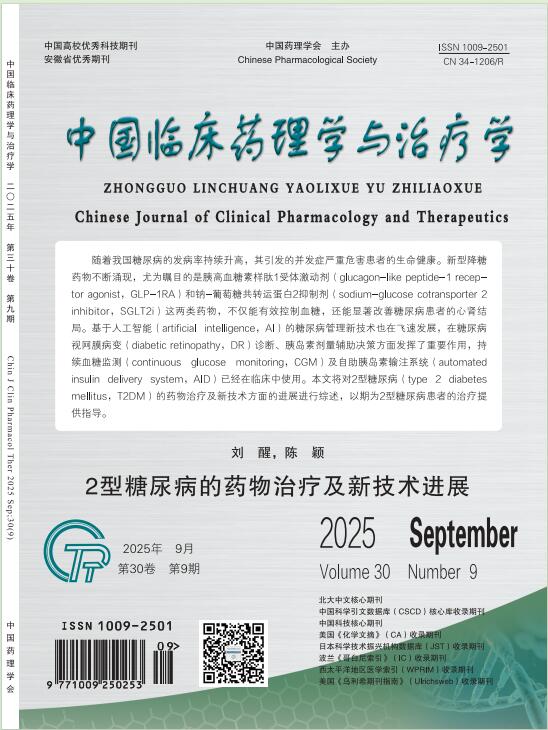Effect of seal oil for protecting liver cells from acutely or chronically dam aged in mice and rats
LI Zhan-jun, LE Jia-jing, XU Kang-sen
2005, 10(10):
1135-1139.
 Asbtract
(
157 )
Asbtract
(
157 )
 PDF (488KB)
(
152
)
References |
Related Articles |
Metrics
PDF (488KB)
(
152
)
References |
Related Articles |
Metrics
AIM: To study the effect of seal oil for protecting liver cells from acutely damaged by chemicals or chronically damaged by feeding with high fat diet in mice or rats.METHODS: KM mice and Wistar rats were divided randomly by body weight to 6 groups (n = 10 in each including placebo control group received only oliveil, model group received olive oil too, low or medial orlarge dose of seal oil groups received seal oil, control drgroup received dimethyl-4, 4'-dimethoxy-5, 6, 5',6'-dimethylenedioxybiphenyl-2, 2' dicarboxy late or simvastatin for 9, 7 days or 10 weeks. Except for placebo control group the mice or rats were acutely damaged by Dir ethionine or carbon tetrachloride on 7 or 6th day. The content of triglyeeride (TG) in liver of both mice and rats or se-rum transaminase ALT, and AST of rats were tested in the end. The rats were chronically damaged byntaneous injecting a low dose of carbon tetrachloride on the first day and feeding with high fat diet for 10 weeks. The lipid levels in both serum and liver and the hepatic weight were pathology was evaluated.RESULTS: while the mice and rats were damaged by DL. ethionine, the content of TG was 23% and 16% lower than model group(P < 0. 01) in the mice Of 7.2 g·kg-1 seal oil groupand in the rats of 4.8 g·kg-1 seal oil group, respectively. In damaged rats by carbon tetrachloride, serum ALTand AST decreased 24% and 16% comparing with modelgroup (P < 0.01) in 4.8 gkg seal oil group. Inchronically damaged rats by feeding with high fat diet, thetotal cholesterol (TC) and free fatty acid (FFA) in serum, TG, TC, FFA, malonyldialdehyde (MDA) in liverand hepatic weight decreased significantly than modelgroup (P < 0.01) and superoxide dismutase (SOD) inliver increased significantly than model group (P < 0. 01)4.8 gkg seal oil group. Pathologic histomorphologyinvestigation showed hepatocytes with lipid droplet decreased than model group in seal oil groups.CONCLUSION: Seal oil can protect liver cells from acutely damaged by DI-ethionine or carbon tetrachloride and significant prevention effect on fatty liver.


